The Common Agriculture Policy is getting greener
Adelina Marini, November 29, 2010
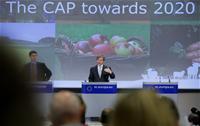 On November 18 the European Commission has officially presented its Communication on the future of the Common Agriculture Policy (CAP), the final version of which varies from the leaked almost a month ago draft by putting a serious focus on environment, climate change and, for the first time, it mentions the Natura 2000 network. There is another difference with the draft and it is that the document explicitly notes the need CAP to work in the context of sound economic policies and sustainable public finances.
On November 18 the European Commission has officially presented its Communication on the future of the Common Agriculture Policy (CAP), the final version of which varies from the leaked almost a month ago draft by putting a serious focus on environment, climate change and, for the first time, it mentions the Natura 2000 network. There is another difference with the draft and it is that the document explicitly notes the need CAP to work in the context of sound economic policies and sustainable public finances.
In view with the austerity measures most EU countries undertake, the official document points out explicitly that the future CAP should ensure stricter control over the implementation of the measures in it by, in the same time, further work on simplification of procedures is needed.
As euinside wrote, the EU Commissioner responsible for agriculture Dacian Ciolos has tried to keep the balance between the interests of most member countries, by keeping the two main pillars in CAP - direct payments and rural development.
Climate change is now a priority
If in the draft communication the focus was on job creation in rural areas in 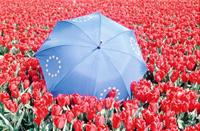 order to prevent depopulation, in the new concept attention is paid to climate change and environment. "Priority should be given to actions addressing both climate and environment policy goals", the document says. Besides, for the first time the zones in the Natura 2000 network have been included: "In addition, the possibility of including the requirements of current NATURA 2000 areas should be analysed".
order to prevent depopulation, in the new concept attention is paid to climate change and environment. "Priority should be given to actions addressing both climate and environment policy goals", the document says. Besides, for the first time the zones in the Natura 2000 network have been included: "In addition, the possibility of including the requirements of current NATURA 2000 areas should be analysed".
Furthermore, the Communication states quite clearly and firmly that environment, climate change an innovation should be guiding themes that steer the policy more than ever before. A new text in the communication is dedicated entirely on this issue: "Agriculture and forestry play a key role in producing public goods, notably environmental such as landscapes, farmland biodiversity, climate stability and greater resilience to natural disasters such as flooding, drought and fire. At the same time, many farming practices have the potential to put pressure on the environment, leading to soil depletion, water shortages and pollution, and loss of wildlife habitats and biodiversity".
Another important element, added in the final version of the Communication is the inclusion of the Water Framework Directive which, however, is yet to be implemented. It is this part that was welcomed by the international environment protection organisation WWF. According to Toni Long, Director of WWF Office for European Policies: "Almost 80% of water resources are spent in the Mediterranean countries for agriculture production. Climate change has already created serious problems with the European arable land. Now it's time agriculture to clean up its own backyard and achieve better efficiency when using threatened of depletion resources like water".
European agriculture in the globalised world
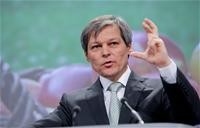 Another new element in the communication of the Commission for the future of the Common Agriculture Policy is its alignment with global trends. Currently a major element of global negotiations for the stabilisation of the economy is a return to the Doha Round trade negotiations. This issue was included in the conclusions from the G20 summit in Seoul and is of strategic importance for the removal of impediments to global trade. Until now European farmers have been constantly protected from volatility of prices of agriculture production around the world.
Another new element in the communication of the Commission for the future of the Common Agriculture Policy is its alignment with global trends. Currently a major element of global negotiations for the stabilisation of the economy is a return to the Doha Round trade negotiations. This issue was included in the conclusions from the G20 summit in Seoul and is of strategic importance for the removal of impediments to global trade. Until now European farmers have been constantly protected from volatility of prices of agriculture production around the world.
The Commission's concept, however, envisages: "Given that demand worldwide will continue rising in the future, the EU should be able to contribute to world food demand. Therefore it is essential that EU agriculture maintains its production capacity and improves it while respecting EU commitments in international trade and Policy Coherence for Development". And with regard to the Doha Round, the new text in the communication says:
"In this context, the issues of access, availability and acceptability of healthy food and nutritional efficiency have also become more apparent. EU agriculture finds itself today in a considerably more competitive environment, as the world economy is increasingly integrated and the trading system more liberalized. This trend is expected to continue in the coming years, in view of the possible conclusion of the Doha round negotiations and of the bilateral and regional agreements at present under negotiation".
In this sense another new text is included in the Commission's communication, which explicitly underlines that "such market measures, and in particular the intervention instrument, should only be used as a safety net in case of price crisis and potential market disruption".
Given these conclusions, which are actually a little bit late, the document calls for improvement of the functioning of the food delivery chain. According to Commission's data, agriculture's share in the food chain has decreased from 29% in 2000 to 24 per cent in 2005, as in the same time the share of food processing industry, wholesale and distribution have increased in the same period.
In 2011 the Commission will come up with a legislative proposal on the future CAP, which will include a well-functioning transmission of market signals. This is why a special focus will be put on transparency.
Three possibilities for development from now on
Almost entirely are changed the three possibilities for CAP reform from now on,  on which however analyses are yet to be made. The first option would introduce further gradual changes to the current policy framework. This option envisages also gradual equity in the distribution of direct payments between Member States - something of which the new member states have insisted for a long time as their direct payments are lower than those of the old member states. If this would happen, it would ensure continuity and stability with the current CAP, thus facilitating long-term planning for operators along the food chain.
on which however analyses are yet to be made. The first option would introduce further gradual changes to the current policy framework. This option envisages also gradual equity in the distribution of direct payments between Member States - something of which the new member states have insisted for a long time as their direct payments are lower than those of the old member states. If this would happen, it would ensure continuity and stability with the current CAP, thus facilitating long-term planning for operators along the food chain.
The second option would be to capture the opportunity for reform and make major overhauls of the policy. This option is focused on greater spending efficiency and greater focus on the EU value added. Such an orientation would allow to address EU economic, environmental and social challenges and strengthen the contribution of agriculture and rural areas to the objectives of Europe 2020.
The third alternative envisages a more far-reaching reform of the CAP with a strong focus on environmental and climate change objectives, while moving away gradually from income support and most market measures. If this, more or less revolutionary option, is chosen it will have to encourage the creation of regional strategies in order to assure the implementation of EU objectives.
Reactions
Most reaction so far welcome the novelties in the Commission's Communication, but are cautious because "the devil is in the details", which definitely are not available in the document. According to the MEP from the group of the Greens in the European Parliament Jose Bove, who is also a vice chair of the Agriculture Committee "the Commission has correctly acknowledged the key challenges towards which the CAP needs to be oriented, namely: climate change; biodiversity loss; the need for better water and soil management; measures to address price volatility and speculation; and better territorial balance and cohesion".
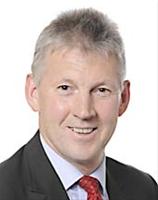 ALDE MEP George Lyon, who had a report on the future of the CAP, welcomed the Communication and especially the fact that it is focused on "greening of the direct payments". In the same time, however, the criticises the transition from voluntarity of these payments to rules. "We must make sure that his proposals to green part of direct payments system is based on incentives and not rules. They must be clearly targeted at sustainability and production efficiency otherwise we run the risk of making European agriculture uncompetitive". Mr Lyon also warned that big budget cuts are a real threat to the benefits and results from the policy.
ALDE MEP George Lyon, who had a report on the future of the CAP, welcomed the Communication and especially the fact that it is focused on "greening of the direct payments". In the same time, however, the criticises the transition from voluntarity of these payments to rules. "We must make sure that his proposals to green part of direct payments system is based on incentives and not rules. They must be clearly targeted at sustainability and production efficiency otherwise we run the risk of making European agriculture uncompetitive". Mr Lyon also warned that big budget cuts are a real threat to the benefits and results from the policy.
As could be expected, the most severe criticism came from the special website calling for a major reform of the CAP. There a comparative analysis is made between the leaked draft and its official version, announced on November 18. According to the website, however, the changes in the final version are insignificant and the main criticism is kept in general. Alan Matthews from the website points out that because of the lack of enough concrete parameters, it is possible the future CAP to become even more different when the time for the legislative proposal comes and for the negotiations on the next financial perspectives for the period 2014-2020.
And regarding trade liberalisation, Green MEP Martin Häusling expressed regret that the Commission viewed international trade in agricultural products through the prism of a liberal free trade agenda, without taking into account the negative impacts of direct or indirect dumping and intervention into external markets. "As for the crucial issue of food security, the Commission seems to view this as some kind of 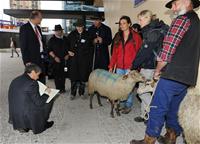 opportunity for the EU to supply world markets through intensified production, rather than addressing the flaws in EU agricultural policy that exacerbate food insecurity problems. Furthermore, the provisions on rural development are far too vague."
opportunity for the EU to supply world markets through intensified production, rather than addressing the flaws in EU agricultural policy that exacerbate food insecurity problems. Furthermore, the provisions on rural development are far too vague."
In spite of the criticism, however, it is a fact that the final version of the Communication is much better than the draft. Although the changes in the text are not too many, what has been added entirely changes the focus and makes it clear that European farmers are still quite vulnerable, not sufficiently secure, ageing and near extinction. But it is also a fact that in a globalised economy it is competition that has to be the engine. And, in this sense, it is better to work on a global level for creating a level of playing field of quality standards because this is the only way to avoid high-quality European production to become uncompetitive and inaccessible.
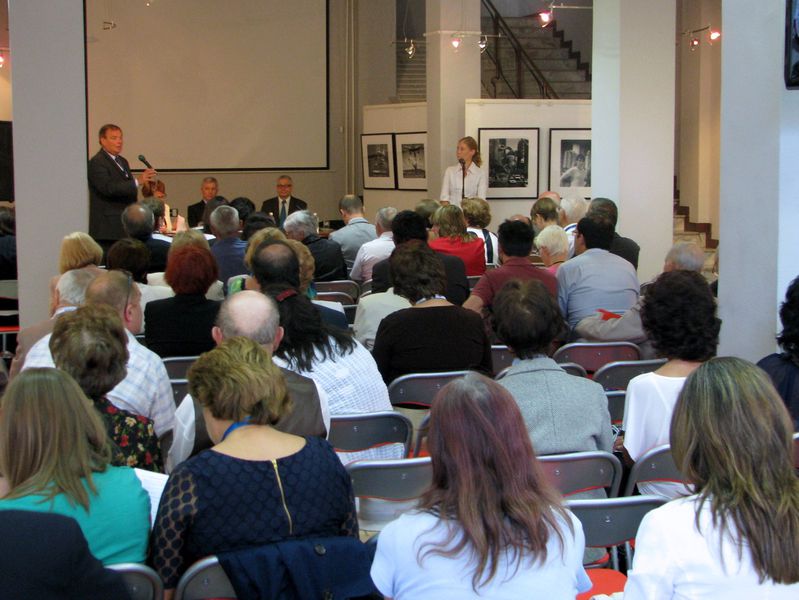 | © Polish Embassy in Sofia
| © Polish Embassy in Sofia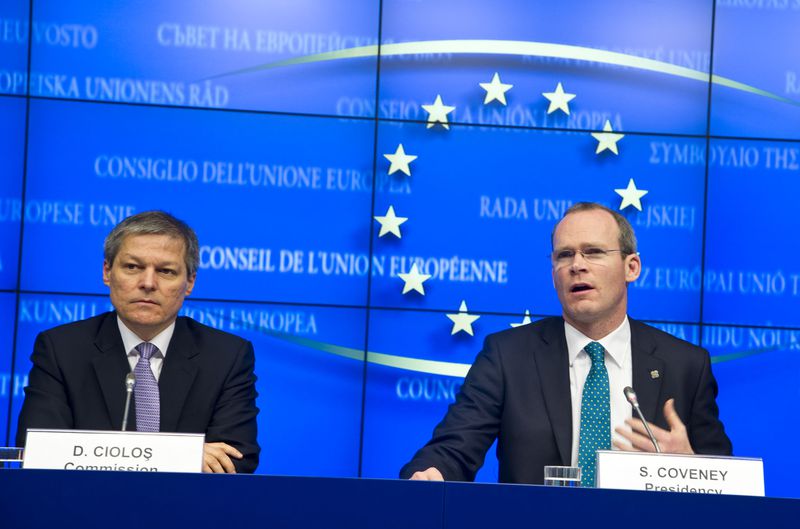 | © Council of the EU
| © Council of the EU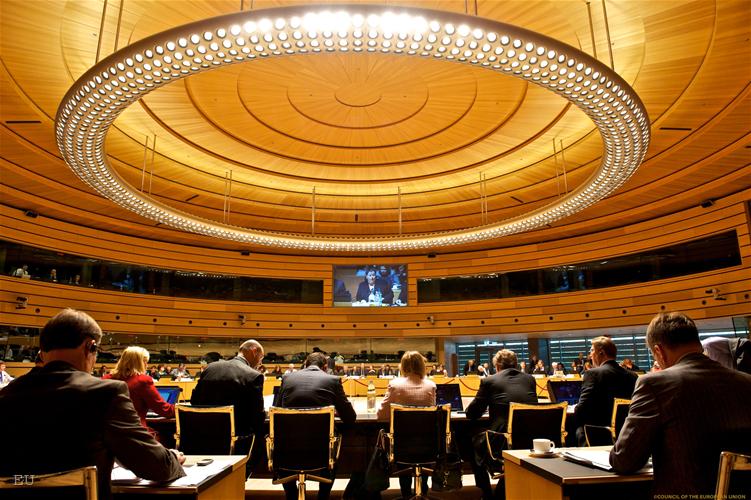 | © EU
| © EU